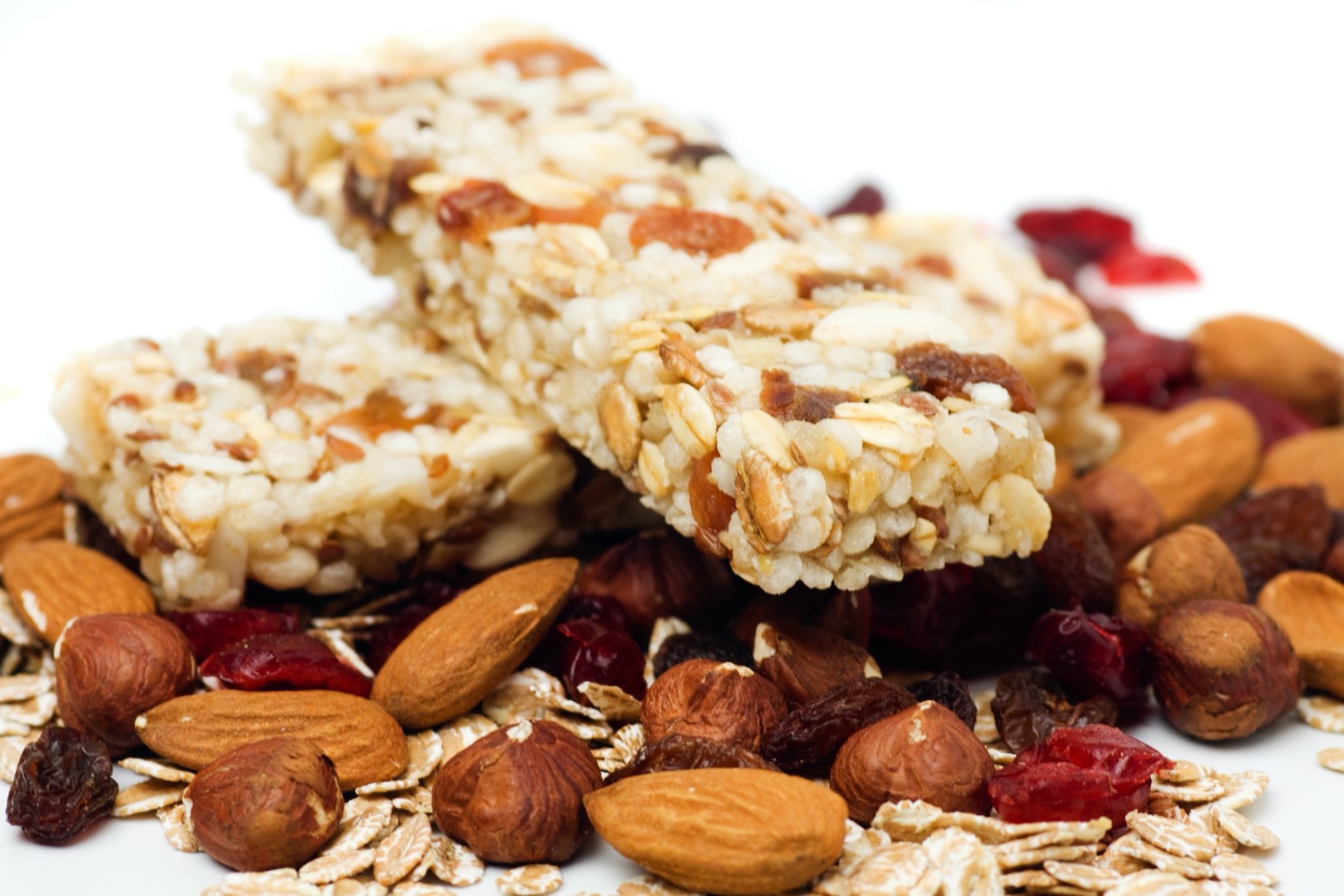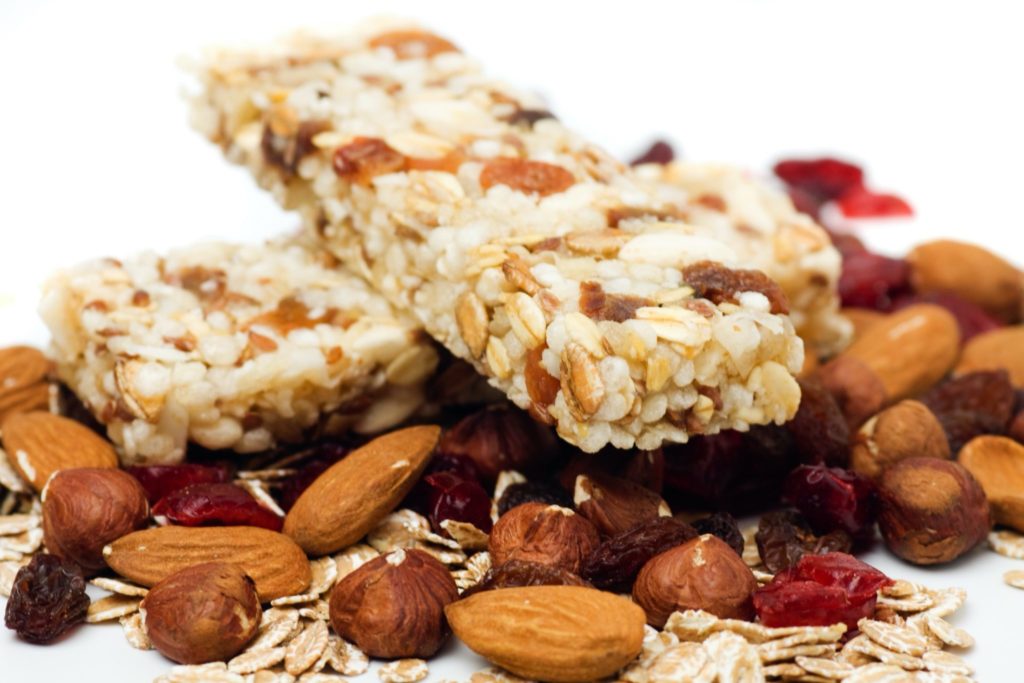Nutrition Can Be Simple. Try This Before Anything Else.

Nutrition.
Are we all sick of it yet?
The diets and the tricks and the starting over?
You’ve tried so many things already.
And most of it is just another way for you to collect more baggage.
Baggage that stops you having a normal relationship with food. And which – in turn – stops you from getting in shape. (Do you see the irony?)
What would be a better way?

A Better Way
A better way would be something that is simple.
Something basic that doesn’t require masses of extra effort. (Because life is already challenging.)
Something flexible that works in different social settings. (Because social settings are something you’d probably prefer not to give up altogether.)
Something that doesn’t feel like it’s always all-or-nothing. (Because, well, those all-or-nothing cycles never got you anywhere).
What would a simple, sensible approach be?
Eat 3 (possibly 4) meals per day, without snacking in between.
While there are some nuances (read on), if you can do that, you’re most of the way there.
Here’s why…
At Meals vs. Between Meals
When you eat, you’re either eating at a conventional mealtime or you’re eating between meals.
Which period do you find most challenging?
The chances are, you know how to put together a balanced meal. For most people the issue isn’t what they eat during meals; the issue is snacking between meals.
Calories consumed in snacks are often consumed mindlessly and snacking is often totally unrelated to hunger. In fact, studies have shown that increased snacking has contributed more to the obesity epidemic than increased portion sizes.
Stick to regular meals and you’re eliminating the vast majority of mindless and emotional eating and grazing. There’s a clear distinction of when to eat and when not to eat, which means you have fewer food-related decisions to make in your day.

Practise Eating “Just Enough”
Another benefit of having set mealtimes (or, for more flexibility, meal windows) is that you get clear feedback as to whether or not you’re eating the right amount.
A useful guideline is to aim for 4-6 hours between meals. If you can’t last 4 hours between
breakfast and lunch, the chances are you didn’t eat enough for breakfast. On the other hand, if you’re still not hungry 6 hours after your last meal, you probably ate too much.
(If you’re used to grazing throughout the day, you’ll likely find you’ll need bigger meals to make up for some of the calories you’d normally eat through snacking. Drastically undereating will not end well.)
Feeling hunger for around 45 minutes before your next meal is about right. With this in mind, you can practise tuning in to your body and sitting with your hunger ahead of your next meal.
If you have a longer day or some exercise in your day (wise move!), you may want to include 4 meals. Or some sort of snack around your workout. The same guidelines apply. Your workout is simply an opportunity for more feedback.
No energy during your session? You need more food ahead of it.
Too full to work out? Less food before training.
Plan Balanced Meals
The type of food you eat at meals does matter. But, again, this can be simple. It doesn’t need to be scrutinised as heavily as you’ve been led to believe. Besides, you’ve read enough diet books and followed enough plans to know the basics.
A balanced meal will be based around a protein-dense food and include some veggies, some carbs and a little fat. There’s no need to get worked up about good and bad foods.
Eating mostly balanced, nutritious meals gives you the nutrients you need for health, hunger-management and exercise.
Learning to plate the right amount of food at each meal (by adjusting based on the feedback your body gives you between meals) helps you manage your body weight / body composition.
Do we need to make it more complicated than that?



No Comments